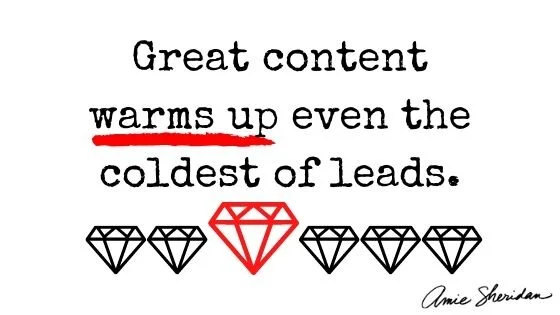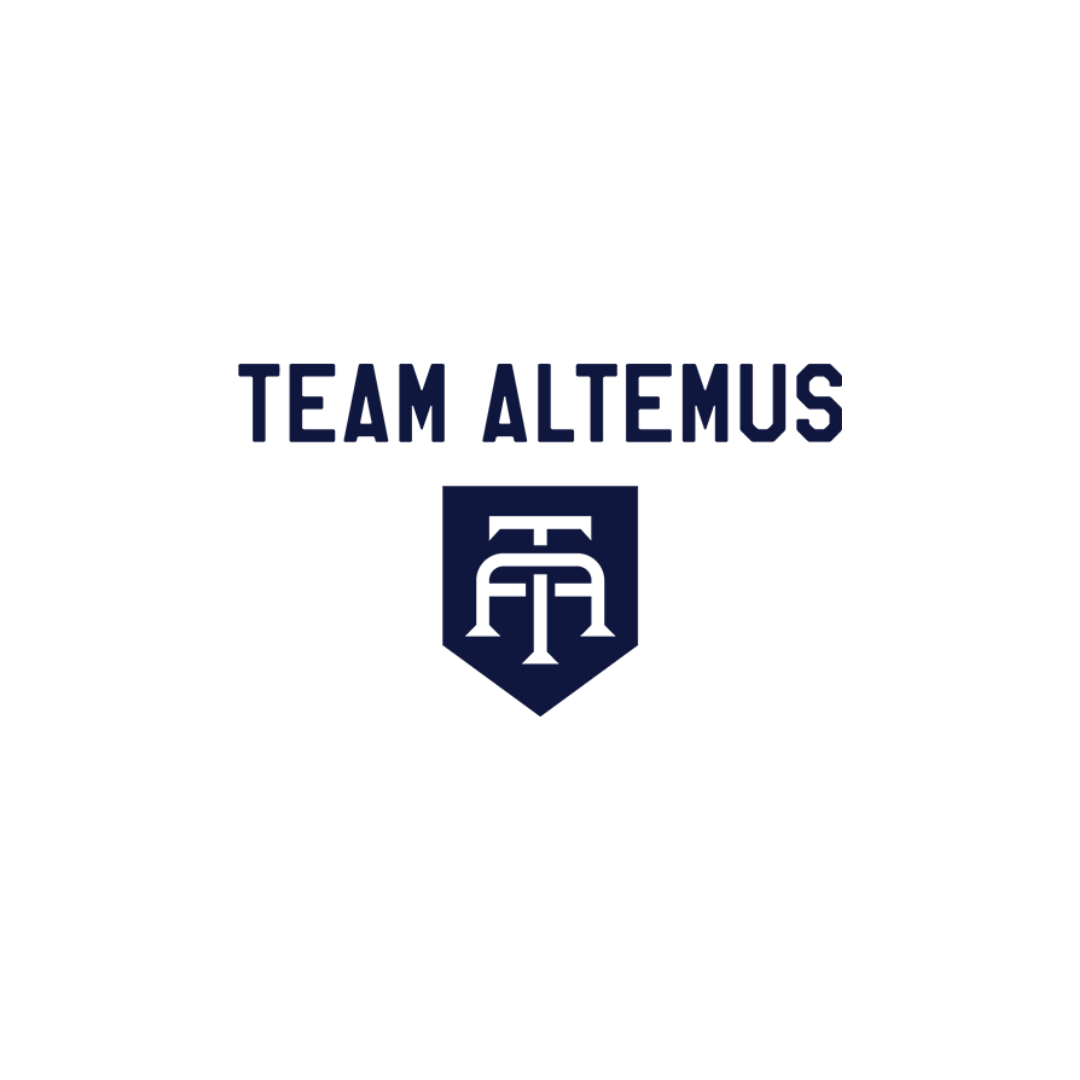I’ve been doing a lot of outreach recently. Securing appearances for my clients. Uncovering new connections in my sports industry niche. Pitching new business. And I’m learning a lot.
People ask me every so often how I find my clients. My answer is almost always LinkedIn. (Have I mentioned it’s my social media sweetheart?) No, but seriously. I use LinkedIn for most of my outreach, and I’d like to take a moment to share some of my learnings from life on the professional (social) networking platform.
LinkedIn is not a magic bullet.
Before I started publishing articles on LinkedIn (a big step for me personally and professionally) I used LinkedIn to build my network. That meant adding a new contact here and there — in most cases after meeting someone in a live setting or on a phone call. And 99.9% of those requests to connect were accepted. It’s easy to understand why. I had already spoken to that person in real-time.
Then, when I launched my business, I started playing around with more formal outreach. I began to experiment with InMail and long form pitches. It’s no surprise that my batting average went down. My connection request acceptance rate decreased from 99.9% (this is not a fact-based statistic) to 30% (this is loosely based on fact.) And this is easy to understand, too. I was reaching out to people who didn’t know me. We had no prior history as friends or colleagues other than maybe a secondary connection on LinkedIn.
Authenticity is the jump off point.
While (thoughtfully-written, error-free) cold pitches do sometimes work (yes, I have nabbed a client off of an InMail pitch), basic short-form pitching has proven to be much more successful. It’s a bit of back to basics, I guess. No matter how careful you are about the way you pitch new business, you’re still better off treating LinkedIn like a jump-off point.
What I mean is that YES, LinkedIn is considered a social network, BUT it’s different from other social networks like Instagram and Twitter. It’s different because the people using it are hard-working ladies and gentleman who aren’t in it for the show. People on LinkedIn are there to build their personal networks. They aren’t there to gain anything other than the occasional new contact or some knowledge in their topic of choice.
Reel in your outreach and get back to networking 101.
So, after firing off long-form pitches to my target customers that included specific offers around my services, I dialed it back. I went back to the basics, so to speak. And it’s working. It’s working because people are once again accepting invitations at a decent clip, phone calls are being scheduled, and ultimately, I’m growing my network each and every day in an unforced way.
Now, Instead of using up InMail credits (unless I absolutely must for those who I have no secondary connection to), I send a simple note with a basic request to connect. I offer a sentence about my background, why I’m reaching out and I invite members of my sports industry niche to schedule a call if they are so inclined. And for what it's worth, my acceptance rate is back up in the 80-90% range.
Pitch an introductory call over a sales offer.
By not shoving my sales pitch at my prospects in the body of my initial outreach, I maintain my human status. Because let’s be honest. When you meet someone for the first time, do you hard pitch them immediately? Well, maybe some people do, but I don’t. And I probably wouldn’t enjoy being on the receiving end of said pitch. So why would I pitch that way on LinkedIn?
A sales pitch on LinkedIn should be treated just like an in-person pitch. It should follow the normal steps. Introduction > Phone Call > Follow Up. In no way should the expectation be that a prospect will jump from no contact ever to paying customer. And sure, sometimes this does happen, but it’s the exception, not the rule. Real business means real connections. Just because we’re living in digital times does not mean the rules have changed. LinkedIn is proof of that.
Original content builds credibility.
Now I’ve said all of this, but I’ve left something out. I’ve left out the notion that a well-crafted content plan acts as lubricant for the LinkedIn pitch. (If you’ve read any of my other posts, you’ve seen that word pop up before.) I use that word because it’s the best word to describe what happens when a prospect becomes familiar with a business owner, service provider, marketer before ever actually speaking with them.
When you are publishing original content from your own personal account, people you don’t know start to get to know you. And the people that like the content you’re sharing will start to like you. Then, they’ll start to trust you, and they’ll start to think of you as an authority on the topic you cover. If you dive into the pool of thought leadership content (perhaps not even covering topics related to your product, but topics that impact all of business), you’ll start to build your own following… because great content builds credibility, and it warms up even the coldest of leads.
Service-driven content is LinkedIn gold.
So, what content have I seen the most success with on LinkedIn? My answer to that is: I’ve seen the most success with content that is providing a service to my target audience. Content that gives them something they need or want. Content that can help them do their job better. Or maybe content that can propel them into the C-suite. It’s this type of content that cements a content creator into the brains of their prospects. It builds credibility. It builds trust. It builds a following.
I’ll dive deeper into this concept of perfectly aligned service-driven content in a future post, but for now, I’ll leave you with a little freebie to get you started. You can thank me later, over the phone. ;)
Cheers to your success on LinkedIn and beyond!














